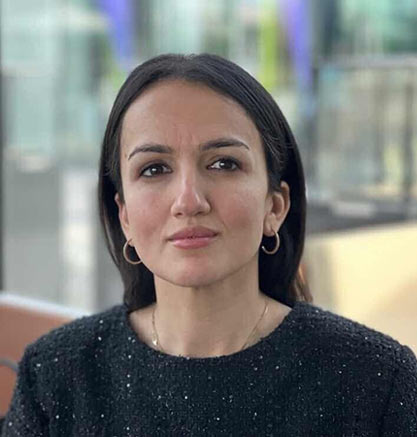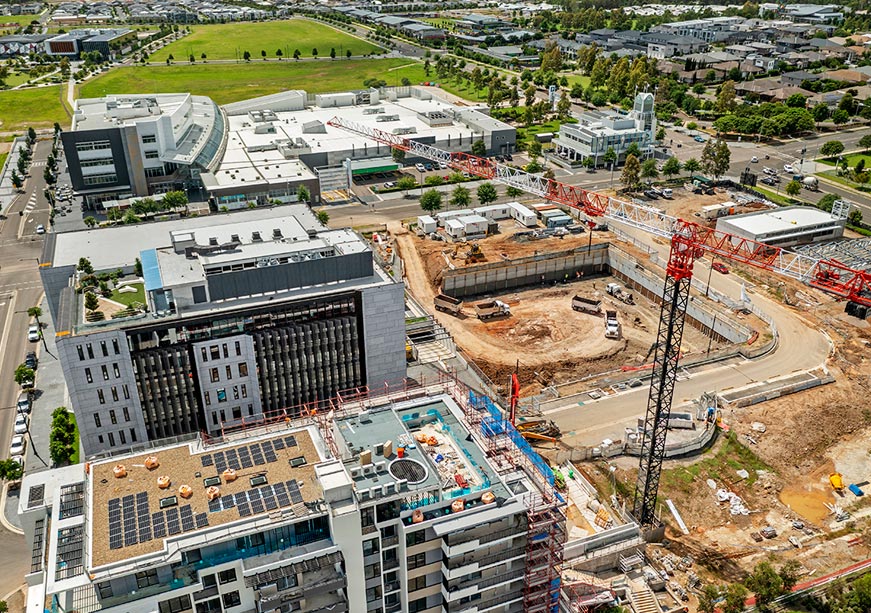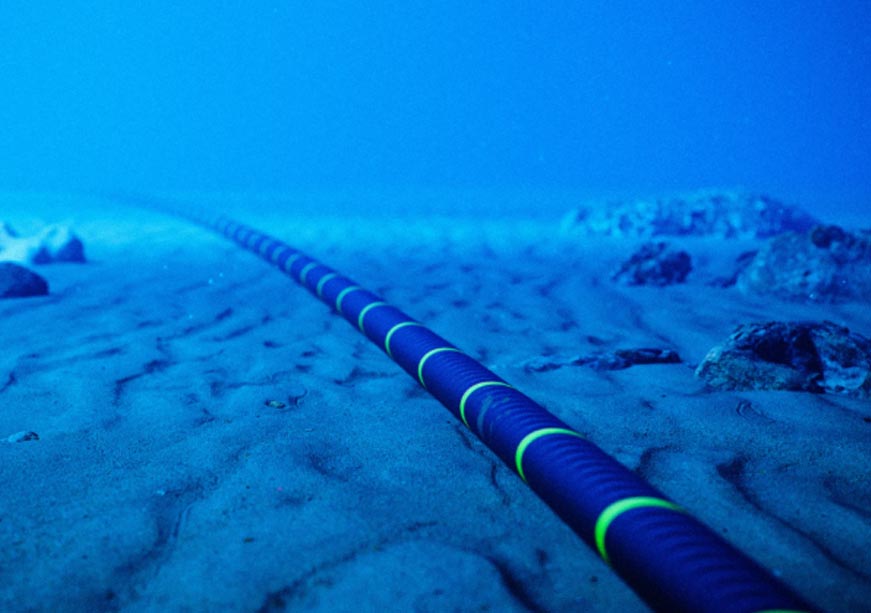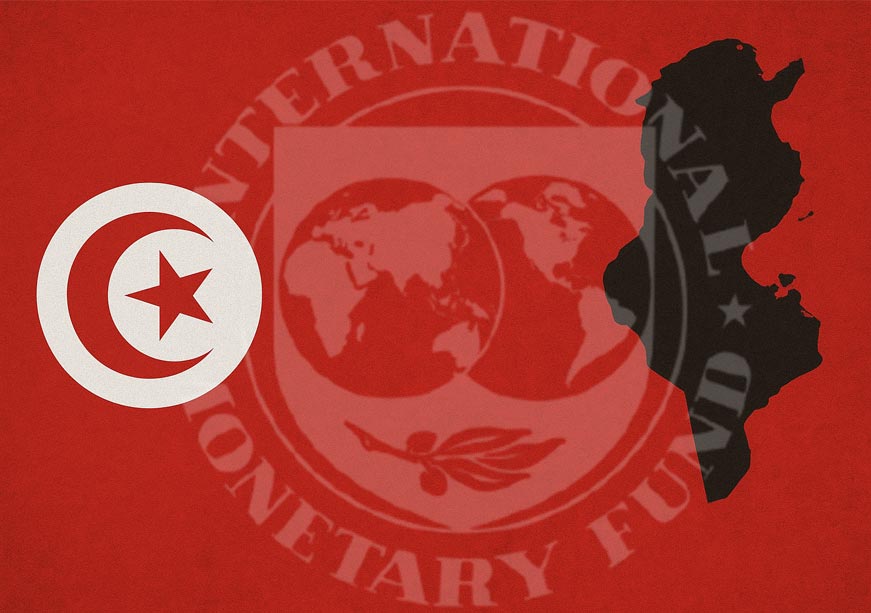The global development system no longer reflects current economic realities. Institutions built in the 20th century assumed that development was a form of Western benevolence, even as emerging economies now drive global growth, infrastructure demand, and technological change. The structural mismatch of such countries being treated as recipients rather than partners in the development architecture has become unsustainable. BRICS+ economies alone face more than US$12 trillion in infrastructure needs, spanning logistics, renewable power, digital systems, water and food security, and critical mineral supply chains. Multilateral development banks that should be mobilising capital at this scale remain hampered by slow processes, sovereign-heavy mandates, and limited private-sector engagement. Even the New Development Bank (NDB) illustrates the problem. Since its creation, NDB has deployed only US$22.4 billion, and less than 15% of the financing has gone to private-sector projects. The result is a widening gap between what these economies require and what existing institutions can deliver.
Multilateral development banks that should be mobilising capital at this scale remain hampered by slow processes, sovereign-heavy mandates, and limited private-sector engagement.
A new approach that treats development as a commercial enterprise rather than a benevolent exercise is the need of the hour. India has already demonstrated the effectiveness of such an approach. Its financial inclusion drive, which integrated more than 100 million citizens into the formal financial system with as little as US$1, succeeded because public policy, technology, and market incentives aligned to make inclusion commercially viable. Sustainable Development Goals (SDGs) outcomes scaled because markets scaled with them. This principle underpins the proposal for establishing a BRICS+ New Development Finance Corporation (NDFC).
The NDFC is proposed as an institution that India and the United Arab Emirates could establish in Abu Dhabi, should both governments choose to advance the idea. The NDFC would be legally connected to the New Development Bank, but operationally independent, mirroring the relationship between the International Finance Corporation (IFC) and the World Bank. Its purpose would be to mobilise institutional capital and create investment-ready project pipelines, addressing the private-sector financing gap that constrains development across emerging markets.
The institution’s core financial architecture would be hybrid capital. This is because emerging economies do not lack viable opportunities; they face concentrated political, regulatory, and foreign-exchange risks that commercial investors cannot bear alone. Hybrid capital distributes these risks across the capital structure, where a sovereign or philanthropic first-loss layer absorbs early-stage uncertainty, mezzanine layers carry the intermediate risks, and senior tranches attract long-term investors. When structured effectively, US$1 of catalytic capital could mobilise US$10 of commercial investment, thereby converting seemingly unbankable projects into viable investments.
The UAE is a natural anchor for such an institution since its financial ecosystem is built on hybrid-capital logic, with sovereign and commercial investors consistently co-investing across global markets. In this regard, the Abu Dhabi Global Market has become a leading international financial centre, and the UAE has demonstrated its capacity to host and scale global institutions such as the International Renewable Energy Agency (IRENA). Its location, strategically linking Asia, Africa, and the Middle East, aligns with the connectivity-focused mandate of the NDFC.
Hybrid capital distributes these risks across the capital structure, where a sovereign or philanthropic first-loss layer absorbs early-stage uncertainty, mezzanine layers carry the intermediate risks, and senior tranches attract long-term investors.
India provides complementary capabilities. As one of the world’s fastest-growing major economies, it combines vast infrastructure demand with deep technological capacity and proven experience designing scalable investment vehicles. The National Investment and Infrastructure Fund, anchored by a US$1 billion commitment from the Abu Dhabi Investment Authority, set a benchmark for sovereign-backed co-investment platforms. Indian public–private partnerships have attracted significant global capital into renewable energy, airports, logistics, and digital infrastructure. The India–UAE partnership has also delivered concrete results, including bilateral trade exceeding US$100 billion under the Comprehensive Economic Partnership Agreement (CEPA), the Hindustan Infralog Platform with commitments of up to US$3 billion, and ADNOC’s energy-security partnership with India’s strategic petroleum reserves. This track record provides a credible template for the NDFC.
The NDFC could launch with US$10 billion in paid-in equity, with the UAE and India contributing 30 percent and 20 percent, respectively. The remaining 50 percent could be sourced from other NDB and BRICS+ members. This capital base would support an AA-range credit rating. To maintain resilience, the institution would operate with a debt-to-equity ratio of 2 to 3 times, similar to IFC and IDB Invest. Its funding strategy would include medium-term notes in major reserve currencies and local-currency financing in priority markets to reduce foreign-exchange risk. Treasury operations would emphasise asset–liability management, hedging, liquidity buffers, callable capital, and risk-transfer partnerships. This structure would reinforce investor confidence and secure the Preferred Creditor Status.
The NDFC would focus on private-sector projects that create and connect markets. Its instruments would include loans, equity, guarantees, risk participations, insurance and reinsurance facilities, securitisations, and co-investment platforms. The initial geographic focus would be the India–Middle East–Africa corridor, with priorities in logistics, renewable power, water systems, and digital infrastructure. As capacity builds, operations could expand to Latin America and other regions where hybrid-capital solutions are essential to project viability.
The initial geographic focus would be the India–Middle East–Africa corridor, with priorities in logistics, renewable power, water systems, and digital infrastructure.
The operating model would reflect a modern financial institution that eschews a traditional development bureaucracy. Artificial Intelligence (AI) would support credit assessment, due diligence, documentation, and monitoring. Digital platforms would enable real-time transparency and standardisation across the investment cycle. The aim would be to accelerate project preparation and execution, enabling capital to circulate at scale.
If endorsed by BRICS+ leaders, the NDFC could move from approval to operations within a short period, much like the Asian Infrastructure Investment Bank, which launched in two years. The UAE and India have the alignment and capacity to replicate that pace. Creating a new institution such as the NDFC, avoids the structural limits of existing development finance institutions and makes it possible to design a platform built from the outset for speed, technology-enabled execution, and genuine alignment with private-sector investors. The goal is not duplication, but to offer a partner of choice for long-term capital looking to invest across BRICS+ economies. Its establishment would signal that BRICS+ are ready to design institutions for their own strategic needs and advance development through commercial logic rather than charity.
Arezo Kohistany is an Investment Officer at the International Finance Corporation (IFC).












